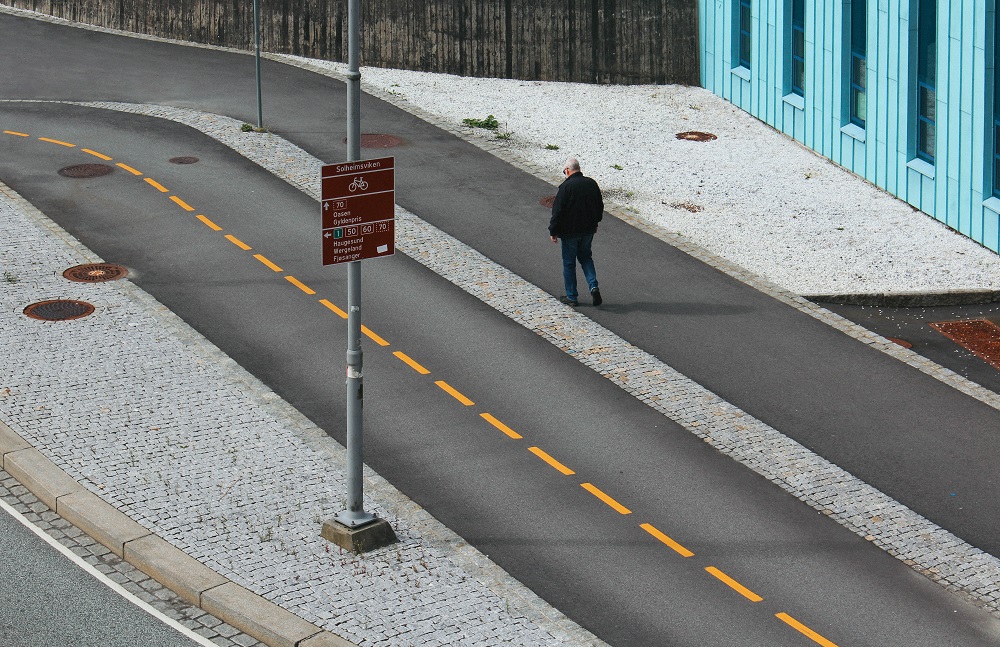
Last month on HCLDR we discussed the ideal patient discharge experience (patient separation for those in the EU and Australia). It got me thinking about another aspect of the patient journey that does not get attention – patient transfers and transitions between healthcare organizations.
Last week at the annual HIMSS Conference (HIMSS23) I had the chance to talk about patient transfers with several attendees and the general consensus was that we should be doing more because (a) it’s an unsafe process; (b) it’s an inefficient process; (c) it’s a manual process; and (d) it’s 2023.
This week on the HCLDR tweetchat, I would love to hear from the community on what a good patient transfer look like. Join the discussion on Tuesday April 25th at 8:30pm ET (for your local time click here):
- Q1 Share your good or bad patient transfer experience. What did or didn’t work well?
- Q2 What does your ideal patient transfer look like?
- Q3 What technology, if any, would you like to see used in the patient transfer process?
- Q4 In your opinion, who should ultimately be responsible for the patient transfer? The organization the patient is transferring from? To? The Patient? A 3rd party?
Transitional Care is Important
What is transitional care or the transition of patients from one healthcare setting to another? The best definition I have seen comes from a 2008 article by Naylor and Keating:
Transitional care encompasses a broad range of services and environments designed to promote the safe and timely passage of patients between levels of health care and across care settings. High-quality transitional care is especially important for older adults with multiple chronic conditions and complex therapeutic regimens, as well as for their family caregivers. These patients typically receive care from many providers and move frequently within health care settings. A growing body of evidence suggests that they are particularly vulnerable to breakdowns in care and thus have the greatest need for transitional care services.
At the time of writing their paper, Naylor and Keating may not have envisioned how fragmented the healthcare system has become. Over the past decade we have seen more and more specialization and levels of care introduced. We now have telehealth visits, retail clinics, direct-primary-care, and more. More fragmentation = more transitions. More transitions = more issues.
Issues with Transitional Care
When a poor transition happens, patients suffer. Here are just a few of the potential issues that can happen during a patient transition:
- Promised follow-up from the originating healthcare organization does not happen
- Slow communication between care sites
- Missed follow-up needs
- Patients and caregivers feeling unprepared to manage their condition in the new setting
- Incorrect/missing medications
- Transportation that does meet the needs of patients
There has been a lot of focus on the transition between acute care and home settings, but there needs to be more attention paid to transitions with Skilled Nursing Facilities (SNFs) and Palliative Care.
Addressing transitional care is important because it is a time when patients are vulnerable. Poor transitinos have been known to lead to:
- Adverse events
- Low satisfaction with care
- Higher rehospitalizations
A Recent Example
I was reminded of the challenges of patient transitions by Jan Oldenburg @janoldenburg who has been documenting her experience as the caregiver for Casey Quinlan @MightyCasey. This tweet in particular stood out for me:
Transitional care can and should be better. We have the technology to improve it, but do we have the will? Can’t wait to discuss this with the HCLDR community.
Resources
Markiewicz O, Lavelle M, Lorencatto F, Judah G, Ashrafian H, Darzi A. “Threats to safe transitions from hospital to home: a consensus study in North West London primary care”, British Journal of General Practice, January 2020, https://www.ncbi.nlm.nih.gov/pmc/articles/PMC6917362/, accessed 24 April 2023.
Naylor M, Keating SA. “Transitional Care: Moving patients from one care setting to another”, American Journal of Nursing, September 2008, https://www.ncbi.nlm.nih.gov/pmc/articles/PMC2768550/, accessed 24 April 2023.
Kansagara D, Chan B, Harmon D, Englander, H. “Transitions of Care: Putting the Pieces Together”, AMA Journal of Ethics, February 2013, https://journalofethics.ama-assn.org/article/transitions-care-putting-pieces-together/2013-02, accessed 24 April 2023.
Britton MC, Ouellet GM, Minges KE, Gawel M, Hodshon B, Chaudhry SI. “Care Transitions Between Hospitals and Skilled Nursing Facilities: Perspectives of Sending and Receiving Providers”, Joint Commission Journal on Quality and Patient Safety, 1 November 2018, https://www.ncbi.nlm.nih.gov/pmc/articles/PMC5693352/, accessed 24 April 2023.
Britton MC, Petersen-Pickett J, Hodshon B, Chaudhry SI. “Mapping the care transition from hospital to skilled nursing facility”, Journal of Evaluation in Clinical Practice, 19 July 2019, https://www.ncbi.nlm.nih.gov/pmc/articles/PMC6962572/, accessed 24 April 2023.
Valverde, P.A., Ayele, R., Leonard, C. et al. “Gaps in Hospital and Skilled Nursing Facility Responsibilities During Transitions of Care: a Comparison of Hospital and SNF Clinicians’ Perspectives“, Journal of General Internal Medicine, 2 February 2021, https://link.springer.com/article/10.1007/s11606-020-06511-9, accessed 24 April 2023.
Holland DE, Vanderboom CE, Mandrekar J, Borah BJ, Dose AM, Ingram CJ, Griffin JM. “A technology-enhanced model of care for transitional palliative care versus attention control for adult family caregivers in rural or medically underserved areas: study protocol for a randomized controlled trial”, Trials, 28 October 2020, https://www.ncbi.nlm.nih.gov/pmc/articles/PMC7594268/, accessed 24 April 2023.
Guo P, Pinto C, Edwards B, Pask S, Firth A, O’Brien S, Murtagh FE. “Experiences of transitioning between settings of care from the perspectives of patients with advanced illness receiving specialist palliative care and their family caregivers: A qualitative interview study.”, Palliative Medicine, 3 September 2021, https://www.ncbi.nlm.nih.gov/pmc/articles/PMC8793309/, accessed 24 April 2023.
Fringer, A., Hechinger, M. & Schnepp, W. “Transitions as experienced by persons in palliative care circumstances and their families – a qualitative meta-synthesis”, BMC Palliative Care, 5 February 2018, https://bmcpalliatcare.biomedcentral.com/articles/10.1186/s12904-018-0275-7, accessed 24 April 2023.
Image Credit
Photo by Elīna Arāja: https://www.pexels.com/photo/man-walking-on-street-4148330/